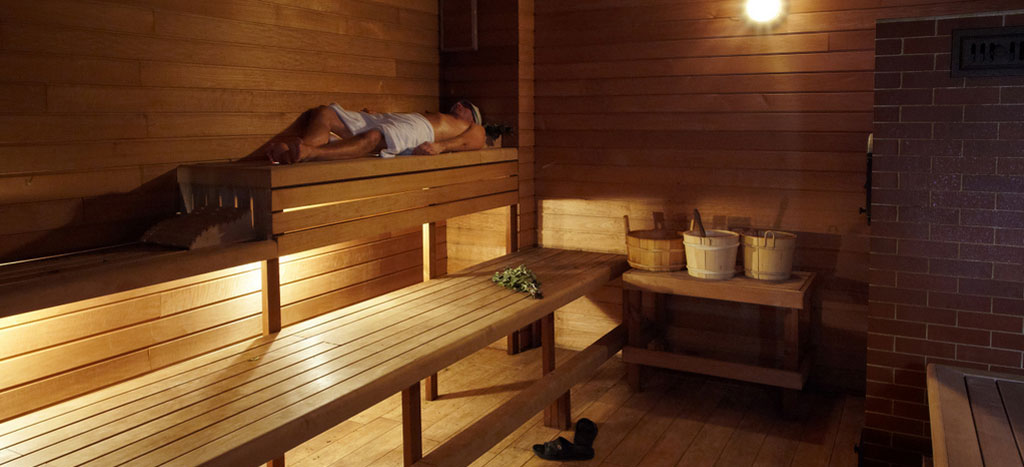Featuring articles, History and art
Differences between the Russian banya and Japanese baths
A visit to the steam room is a traditional ritual that has been a part of different cultures and national customs since time immemorial. It has long been recognised that this type of bathing ritual strengthens the immune system, improves the cardiovascular system, speeds up the metabolism, removes toxins and rejuvenates the skin. In fact, our ancestors discovered the healing properties of steam and essential oils many centuries ago and we still hold on to these bathing traditions and their associated benefits today. So, how do these rituals differ from country to country?
Traditional Russian banya
In Russia, it has long been acknowledged that a visit to the steam room cleanses not only the body, but also the soul. As a result, the Russian banya has become a part of the spiritual culture. The Slavs believed that the steam room would cure all illnesses and rejuvenate the body.
Why is the Russian banya so well-renowned? First of all, the banya is associated with humidity and light steam which is generated by pouring herbal-infused water over hot stones inside a steam room. Unlike the Finish sauna, the temperature in the banya reaches 60–70°C (which is 40°C less than in a sauna). In addition, the Russian steam room is more humid (around 40–70%) than a sauna (3–15%). This level of humidity means that the conditions in a Russian banya feel more natural.

The other distinguishing feature of the banya is the Parenie treatment. Here, leafy and fragrant bundles of birch, oak or eucalyptus twigs are used to enshroud your body in steam and warm you up deep inside.
Finally, at the Russian banya it is common practice to plunge into chilled water immediately after visiting the steam room. The temperature contrast causes the release of adrenalin and stress hormones, and an intense feeling of invigoration quickly follows.
Traditional Japanese baths
Although similar benefits can accrue from a visit to either the Russian banya or Japanese baths, the latter looks very unusual and completely different to what we would nowadays associate with a spa. There are two main types of Japanese baths: furako and ofuro.
Furako is a large wooden font made of cedar, larch or oak and filled with hot water. In fact, because of the types of wood, the water is enriched with essential oils and has a pleasant aroma. The water in furako is maintained at a temperature of 45°C which allows the body to warm up, leading to metabolism improvement and enhanced performance of the blood vessels and small capillaries.
Ofuro is a rectangular wooden bathtub made of oak or cedar and filled with linden sawdust and pebbles. The sawdust is heated to 60°C and infused with essential oils and herbal decoctions to enhance the healing and relaxing effect. The process involves lying down in the tub and covering the body with preheated sawdust. Then, the body releases sweat and toxins, and the pores open up and absorb all the healing components of the natural oils. This sawdust bath energises the body and helps with weight loss. Moreover, the sawdust works as a peeling treatment, removing dead cells and making the skin smooth and clean.
So, although it is clear that different countries have their own bathing rituals, they all share a common objective: to prolong life by improving the body’s immune, nervous and cardiovascular systems. You can begin your journey on the path to better health by booking a visit to Banya No.1 to enjoy the benefits of our unique and traditional Russian spa.

